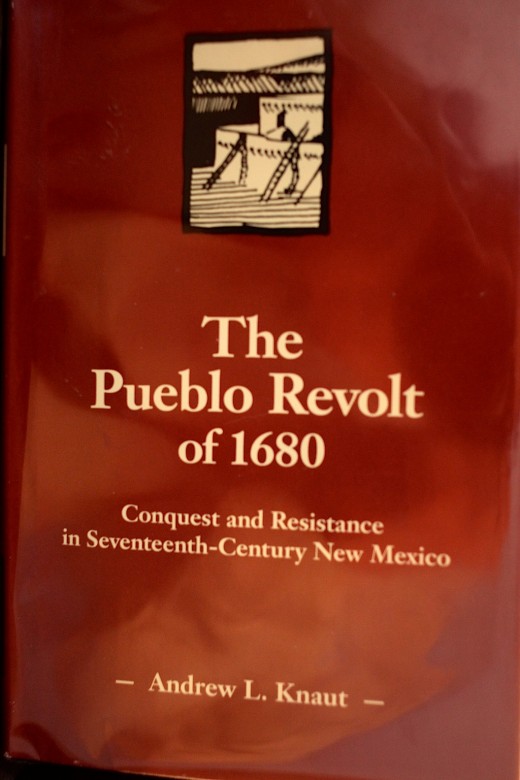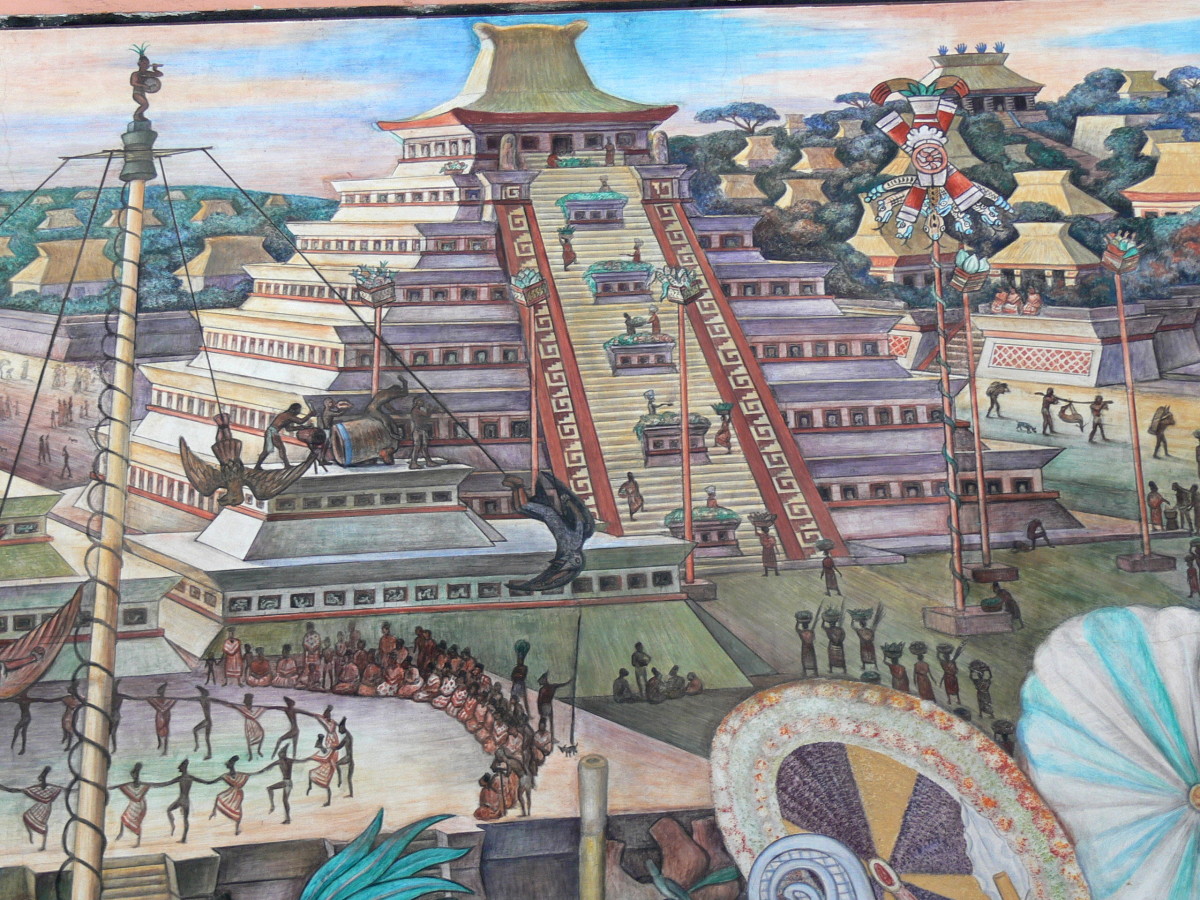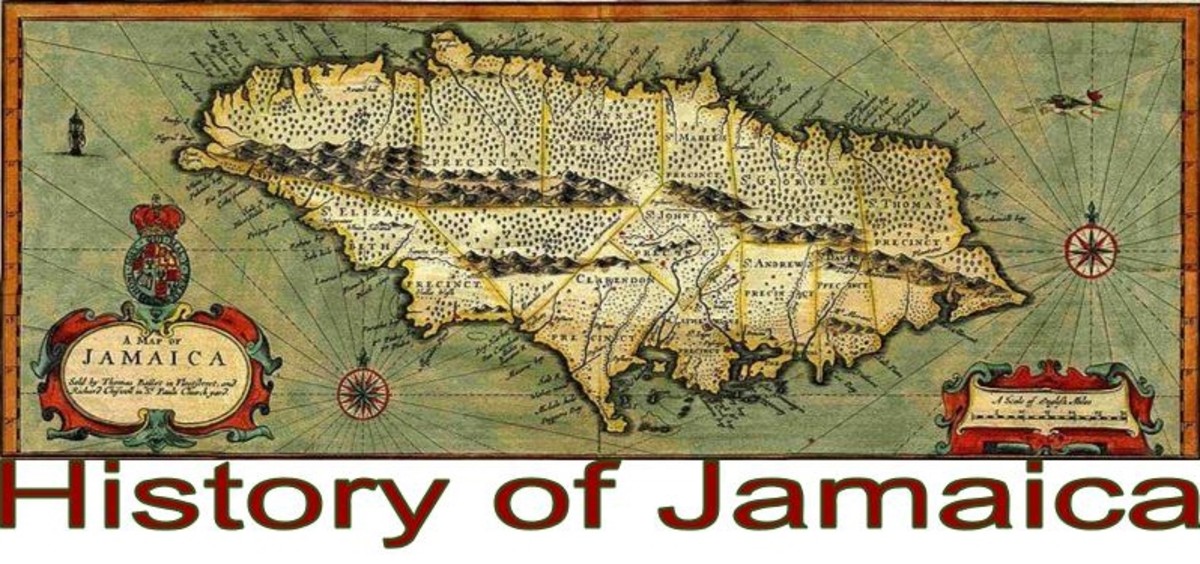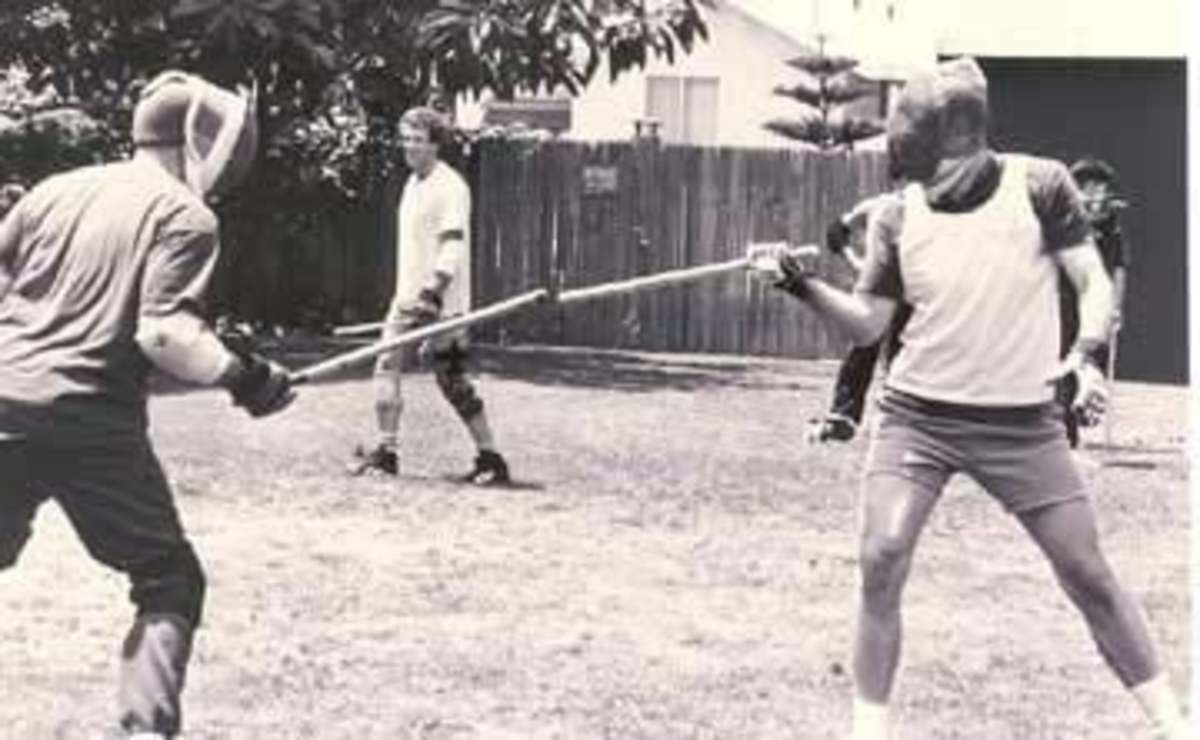400 in 2080

New Mexico
The Pueblo Revolt of 1680, by Andrew L. Knaut, is a brief book on the 17th century uprising during which the original New Mexicans drove out their harsh occupiers. The Spaniards who could fled to El Paso. In addition to this book, there are several other studies as well -- all good. In any case, the revolt in question is an event that deserves to be read. Only words on pages seem able to do it justice. Thus, in 2080, it will have been four hundred years. That gives New Mexico something to look forward to. 2010 came and went, having celebrated 400 years of the existing governor's mansion in Santa Fe. In 2012, New Mexico commemorates its 100th year of statehood. In 2013, there will be 67 years left to prepare. It should be worth the effort. There are few comparable historical occurrences. In 1680, the native inhabitants of New Mexico lacked the "kill everybody" adrenalin-surge of the contemporary, collective mind. The discrete communities of NM, moreover, were unaccustomed to widespread, territorial unification. Still, they acted resolutely against 200 years of authoritarianism. Hostilities against the Spanish brought more than ten years of peace. Today's wars, in contrast, serve only to bring shame upon the aggressor, victorious or not. In the nuclear age, no nation has a right to put earth's entire population in jeopardy over issues that can be addressed without bombs and missiles.
Early in August, 1680, Governor Don Antonio de Otermin sent out the alarm. An attack was imminent. All pueblos had been contacted by Indians and told to either rebel or die. They unanimously chose the former. Otermin warned alcaldes, or mayors, to defend the churches. As it turned out, however, most caballeros did not meet their deaths defending holy edifices but instead retreated en masse along with families and neighbors. They had gotten the message. Less than a hundred years earlier, in 1593, Philip II urged settlers to be more humane and Christian. All the same, in 1599, after the triumph over the Pueblo of Acoma, survivors were either amputated or enslaved. What went wrong? Why were the Catholic Spanish so thoughtless and unmindful? In 1609, Onate resigned his governorship in frustration, having failed to make of New Mexico a new colony as great as New Spain, which is, plainly, Mexico. Strangely, even today, New Mexico remains independent of almost anyone's idea of what it should or could be.
Did Indians give signs of having been disgruntled? Yes. In the early 1600s, despite baptisms, conversions, and sermon after sermon, Indians continued to dance in kivas and conduct their own ceremonies. At the same time, friars forced Indians into servitude. In 1660 or so, Lopez de Mendizabal, another governor, legalized kachinas. These likenesses had to do with ancestor-worship, a large component of Indian spirituality. While they might have been legalized, they certainly were not encouraged. Further, similarities between Indian and Christian rituals in terms of the employment of sacred artifacts still awaited theological recognition. All in all, antagonisms multiplied and intensified. It could not fully have been a surprise when Indians rose up.
It would also be wrong to assume that among so much else, including smallpox, Europeans introduced violence into the New World. In the mid-1600s Apaches routinely raided villages, and in the late 1660s, Athapaskans invaded from the Great Plains. Not to be outdone, of course, pilgrims from the Iberian Peninsula could on occasion resort to extreme cruelty. In 1675, Governor Juan Francisco Trevino arrested, whipped, and imprisoned his victims. Don Fernando de Villanueva, unable to subdue the Apaches, hung Indians in his charge as traitors. Countless injustices were inflicted upon the Indians of New Mexico. Spain and New Spain together tested their patience. Thus it was that in 1681, displaced Spaniards tried, under orders, to re-take New Mexico. A year later, in 1682, the cause seemed hopeless. The newest governor sent from Mexico City to El Paso in 1683 remarked upon how desperate the refugees were. Worse, the English and French had made significant progress in Florida and Louisiana, respectively.
There is something uplifting in the re-occurrence, from time to time, of small armies unraveling larger ones, or poorly equipped contingents defeating the better provisioned. This is a shining example of a triumph over tremendous odds. And while the abuse of Indians, beginning with the arrival of Columbus, has never reached completion, the Spanish, in their day, made a substantial contribution. It is difficult to ascertain why they had been so pitiless. The good people whom they encountered, then as now, were mainly docile and aloof. Also, to be fair, the Spanish were more into the arts and religion than war crimes. It was during the Feast of St. Lawrence that the Indians chose to rebel. St. Lawrence offered up the people among whom he lived as riches far surpassing in value the material wealth demanded of him as a deacon. NM's Indians, too, could not possibly have satisfied the cupidity of their oppressors. But the whole ordeal remains a kind of mystery. The Spanish were excellent soldiers. The pueblos, on the other hand, were disorganized and separate, their people, by nature, reticent. The expulsion of the Spanish, like that of the English 250 years earlier in France, seems in retrospect to have been somehow fated. That is, meant to be but not explainable.








